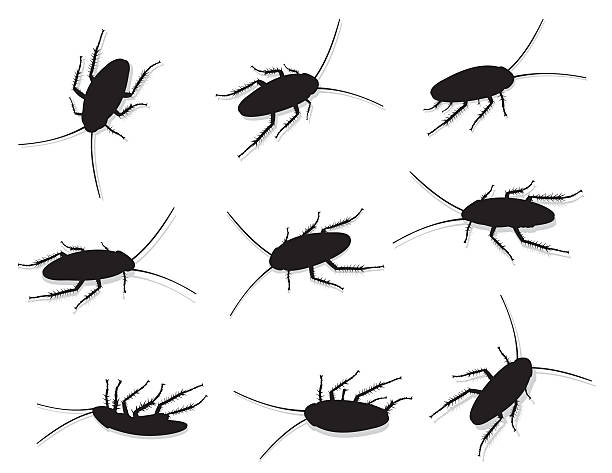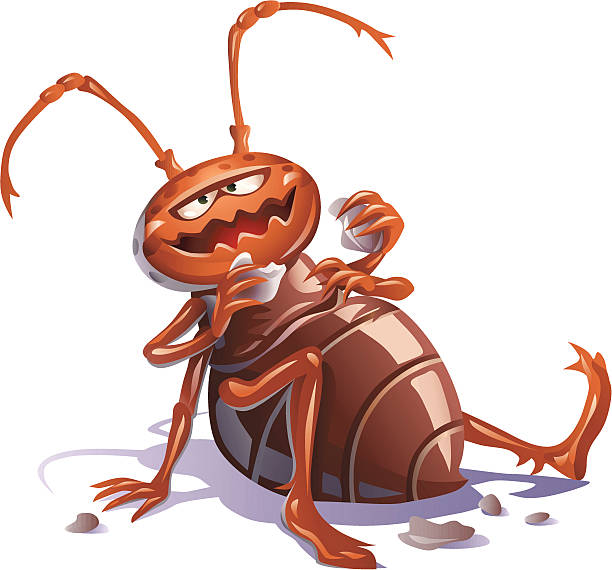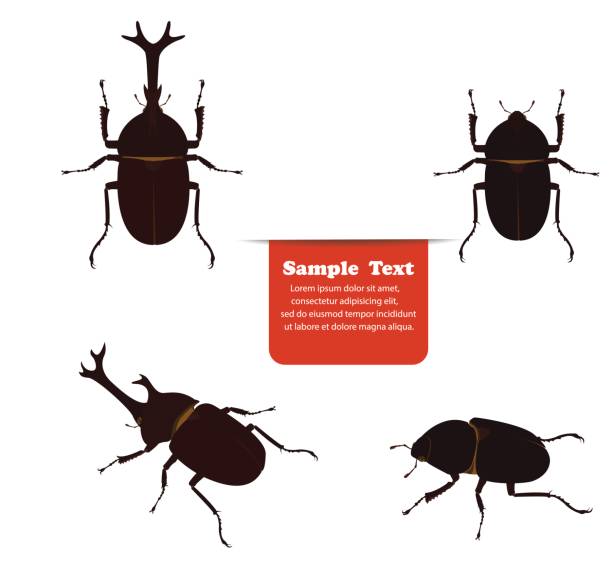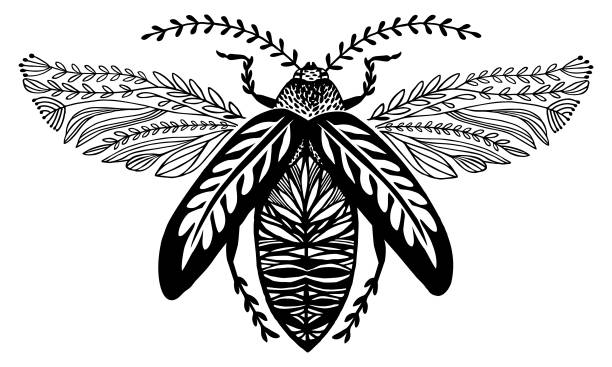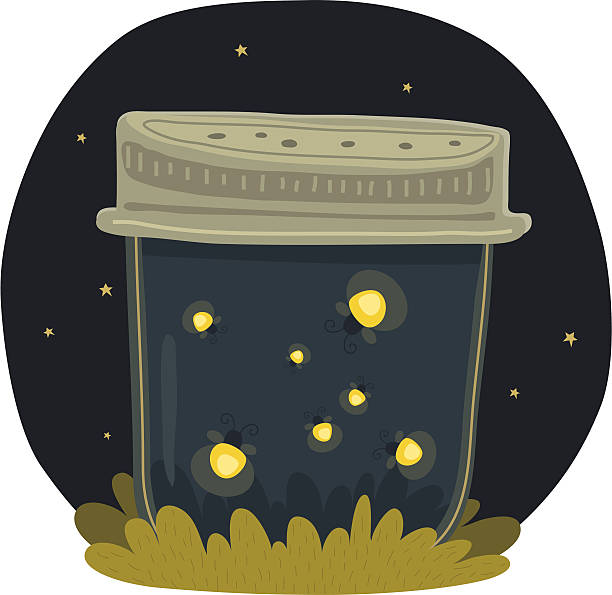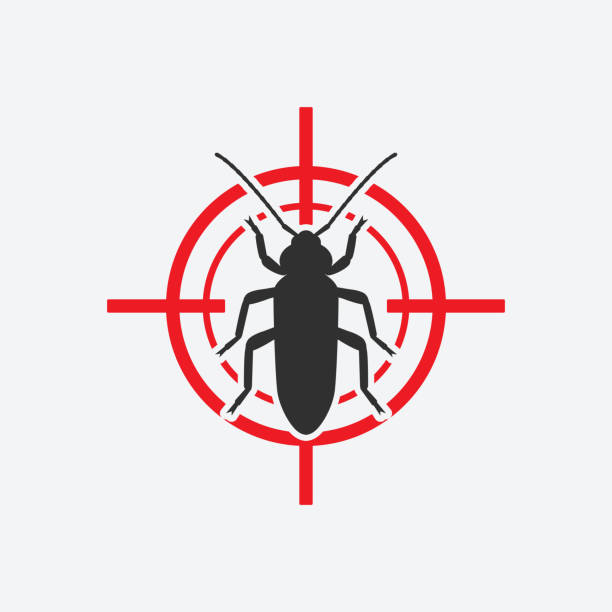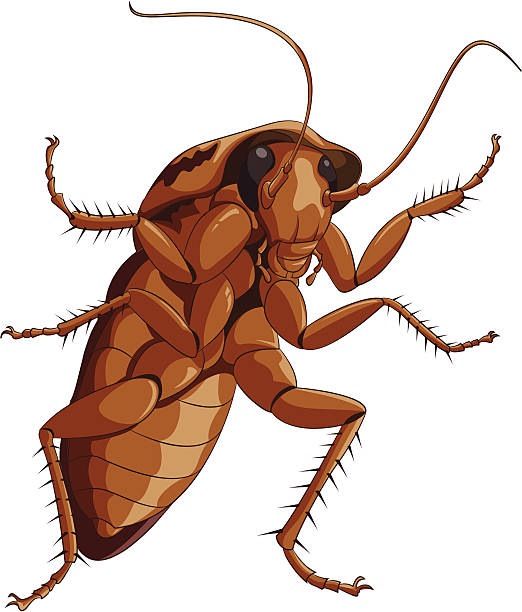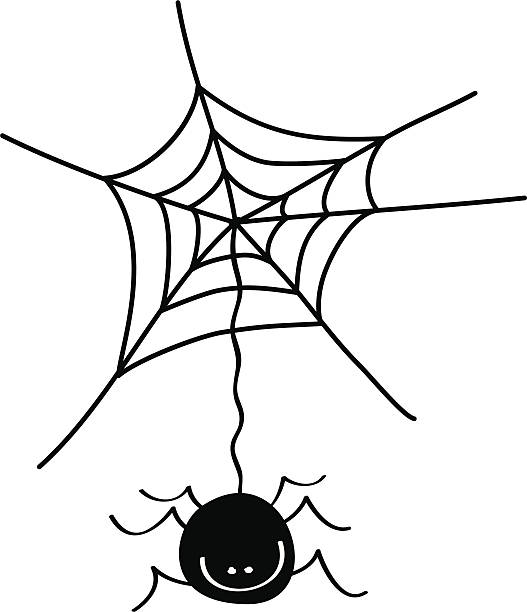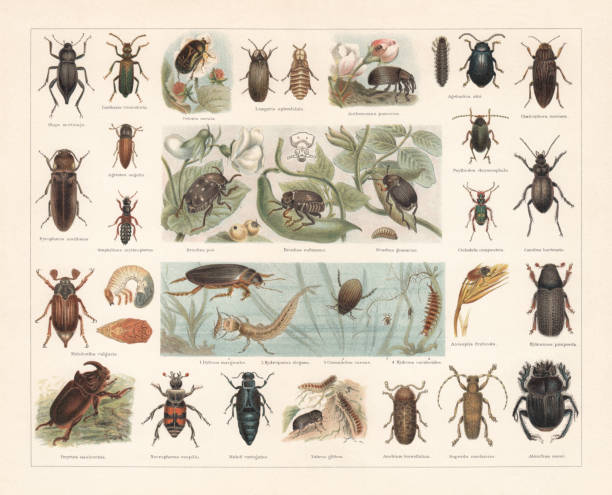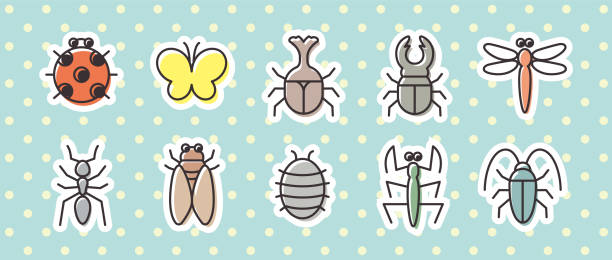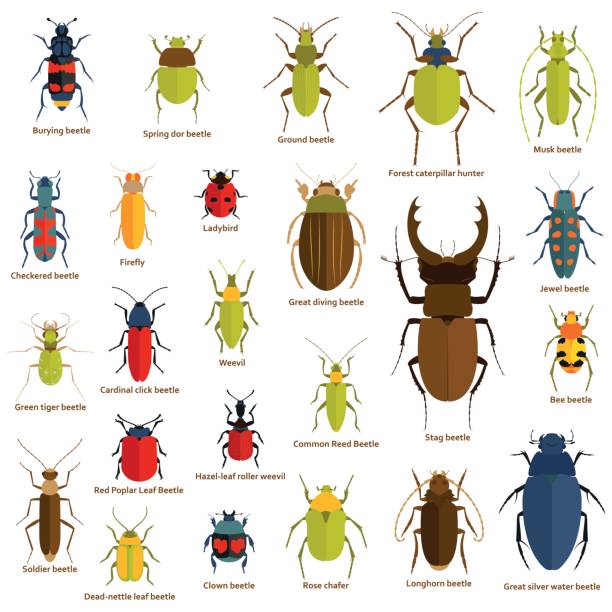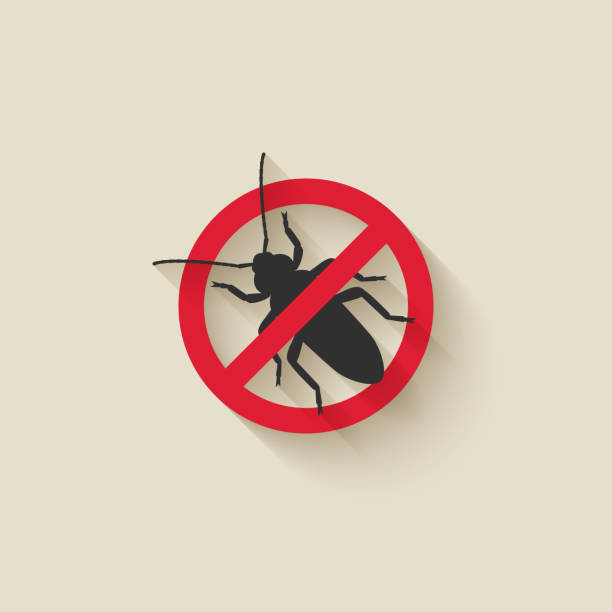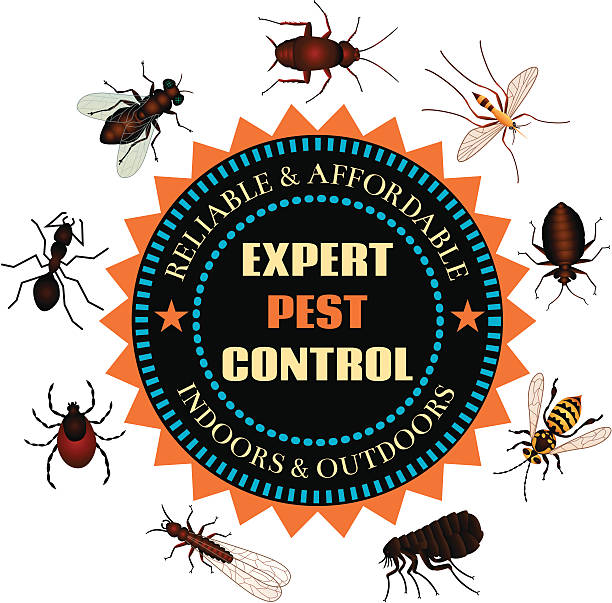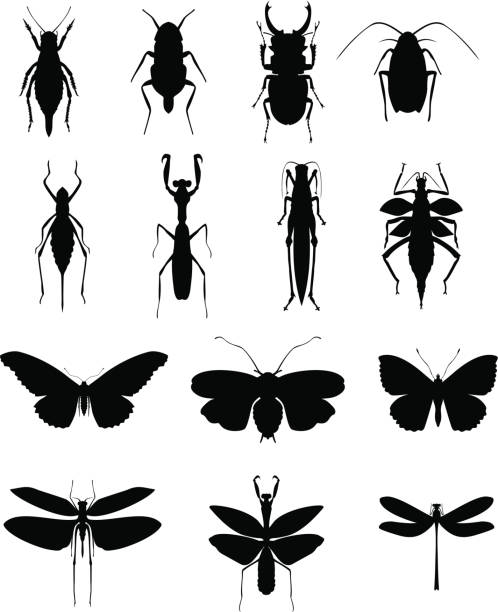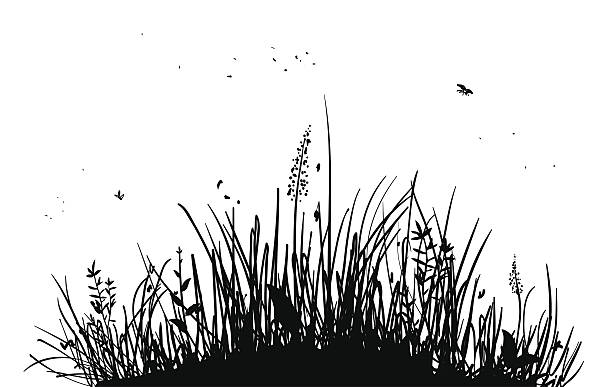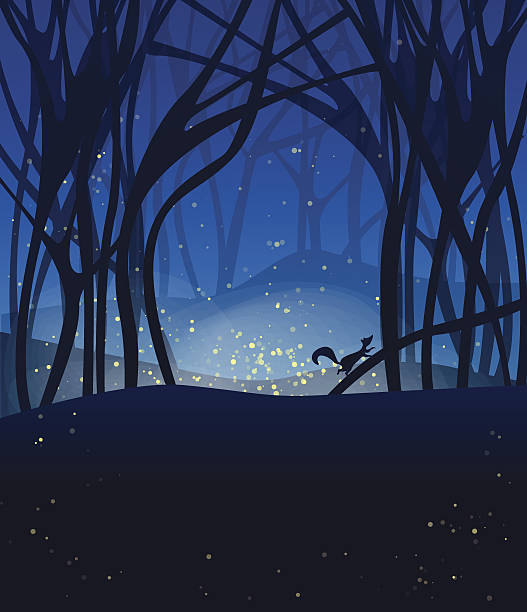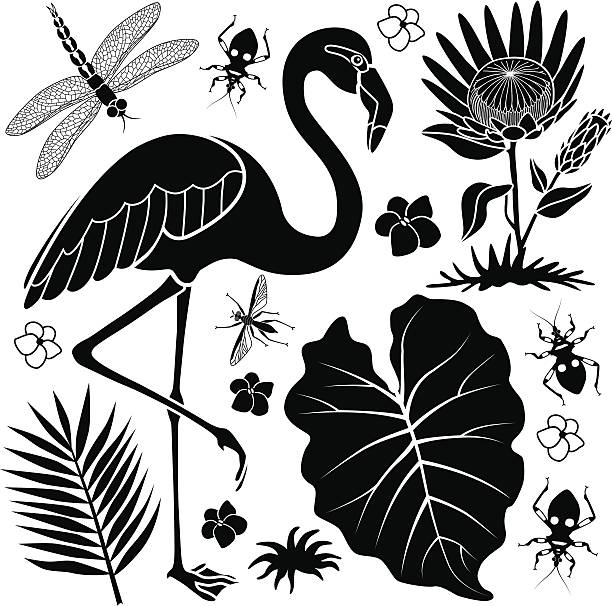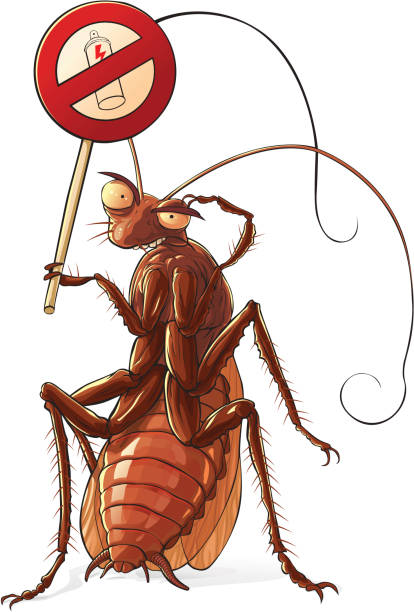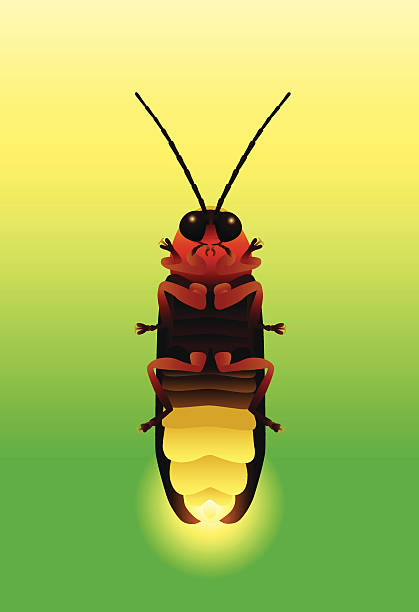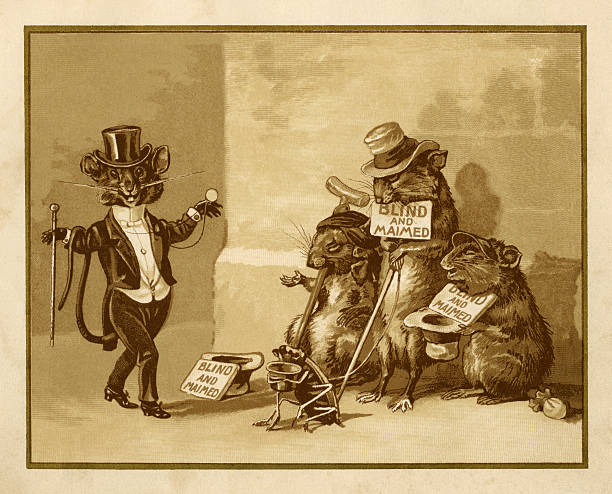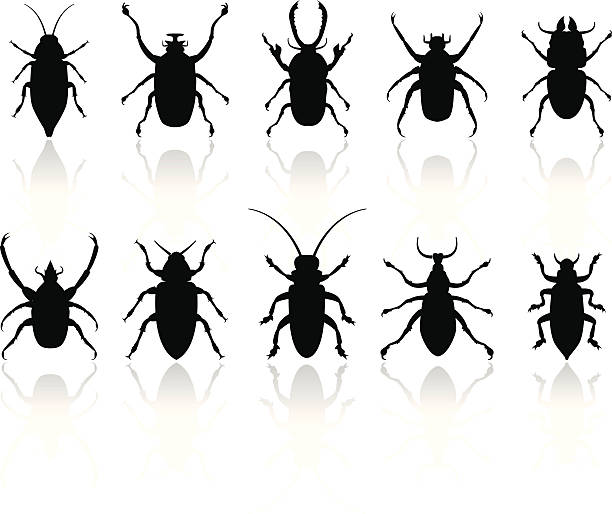
Longhorn Beetle stock illustrations
Browse 1,100+ longhorn beetle stock illustrations and vector graphics available royalty-free, or search for elderberry longhorn beetle or asian longhorn beetle to find more great stock images and vector art.

Vector antique engraving drawing illustration of longhorn beetle on white background
Eps + HiRes Jpg + AI-CS3
Illustration of a fleeing, scared bug isolated on white. EPS 8.
"A collection insects, bugs and spiders."
Smiling cockroach from my sketch
Big strong bull silhouette vector icon
bug doodle icon set hand drawn.
Silhouette insect set isolated on the white. Vector illustration.
Illustration of a mean bug isolated on white. EPS 8.
Silhouettes of pets including a dog, rabbit, chamelion, bug, spider, tortoise, tarantula, hamster, insect, praying mantis, snake, lizzard, cat, parrot and newt.
It is an illustration of a Insect set.
4 shiny, colorful beetles on white.
Big set of cartoon beetles. Cartoon bug characters isolated on white background. Collection happy insects. Vector illustration.
A-Digit
Counting children game of cartoon beetles. Kids learning collection. Count how many insects and write the result. Preschool worksheet activity.
Fly fishing bait.
Creature, insect icon set
Great set of cartoon bedbugs. Perfect for a pest or insect illustration. EPS and JPEG files included. Be sure to view my other illustrations, thanks!
felt that they are magical when i first saw them... for more [url=http://www.istockphoto.com/file_search.php?action=file&lightboxID=6210620/url][img]http://s3images.coroflot.com/user_files/individual_files/253680_6BCwP8xHnxqfiF_Hr48aDRmQV.jpg[/img][/url] [[url=http://www.istockphoto.com/file_search.php?action=file&lightboxID=6210777/url][img]http://s3images.coroflot.com/user_files/individual_files/253680_co0LEa9dtIDxXu8RlOKw9v56n.jpg[/img][/url] [url=http://www.istockphoto.com/file_search.php?action=file&lightboxID=6210818/url][img]http://s3images.coroflot.com/user_files/individual_files/253680_7bmBOnFu6U3AZOZ2s0Usq8KPM.jpg[/img][/url] [url=http://www.istockphoto.com/file_search.php?action=file&lightboxID=6210871/url][img]http://s3images.coroflot.com/user_files/individual_files/253680_HCnN07aa2KlyWD9mPpogIcJja.jpg[/img][/url]
Cockroaches Silhouette
Illustration of a fat, eating bug isolated on white. EPS 8.
http://i.istockimg.com/file_thumbview_approve/16925067/2/stock-illustration-16925067-harmful-insects.jpg
A wavy vector illustration created with blends and simple gradients. This image DOES NOT use Illustrator´s Gradient Map so it´s fully compatible with Freehand. Includes print-optmized CMYK native Freehand and Illustrator files, besides high & low resolution screen oriented RGB .jpgs. Almost imperceptible color shift between both systems.
Oriental Cockroach or Waterbug (Blatta Orientalis)
Mushiking beetle male and female. vector
Beetles (Coleoptera), left side: a) Rhinoceros beetle (Oryctes nasicornis); b) (Geotrupes stercorarius); c) Horned dung beetle (Copris lunaris); d) Scarabaeus sacer; e) Red dung beetle (Aphodius fimetarius); f) Cockchafer (Melolontha melolontha); g) Pine chafer (Polyphylla fullo); h) Green rose chafer (Cetonia aurata); i) Stag beetle (Lucanus cervus); j) Typographer beetle (Ips typographus); k) Burying beetle (Nicrophorus vespillo); l) Golden ground beetle (Carabus auratus); m) Lesser searcher beetle (Calosoma inquisitor); n) Green tiger beetle (Cicindela campestris); o) Mealworm beetle (Tenebrio molitor); p) Great silver water beetle (Hydrophilus piceus); q) Click beetle (Hemicrepidius niger); r) Brazilian diamond beetle (Entimus imperialis); s) Woodworm (Anobium pertinax, or Hadrobregmus pertinax); t) Firefly (Lamprohiza splendidula); u) Spanish fly (Lytta vesicatoria); v) Violet oil beetle (Meloe violaceus); w) Flat-faced Longhorn Beetle (Lamiinae); x) Tanner, or sawyer (Prionus coriarius); z) Ladybird (Coccinella septempunctata). Locust (Orthoptera) and net-winged insects (Neuroptera), right side: a) Earwig (Forficula auricularia); b) Cockroach (Blatta orientalis); c) Praying mantis (Mantis religiosa); d) Green bush-cricket (Tettigonia viridissima); e) Mole cricket (Gryllotalpa gryllotalpa); f) House cricket (Acheta domesticus); g) Field-cricket (Gryllus campestris); h) Migratory locust (Locusta migratoria); i) Rattle grasshopper (Psophus stridulus); j) Beautiful demoiselle (Calopteryx virgo); k) Mayfly (Ephemera vulgata); l) Phryganea grandis; m) Green lacewing (Chrysoperla carnea); n) Ant lion (Myrmeleon formicarius); o) Scorpion fly (Panorpa communis); p) Snakefly (Raphidia ophiopsis); q) Winged termite and pregnant termite queen (Macrotermes bellicosus). Chromolithograph, published in 1882.
Beetle Flying Insect Cicada Floral Pattern. An original artwork vector illustration of flying insect.This inspirational flat design can be a logo, postcard, invitation, web banner, shop window, postcard, invitation, poster or flyer.
Kids running among fireflies summer scene concept.
Old House Borer icon red target. Insect pest control sign. Vector illustration
Vector image of big cocroach
Vector illustration of Fireflies/Lightning bugs flying around in the moonlight. Includes ai8.eps & .jpeg formats.
ALL KINDS OF MIXED CHILDREN(sort by age to see related cartoons together)
Beetles, 1st row: Darkling beetle (Blaps mortisaga); Spanish fly (Lytta vesicatoria, or Cantharis vesicatria); Rose chafer (Cetonia aurata); Glow worm (Lampyris splendidula), male (left) and female (right); Apple blossom weevil (Anthonomus pomorum); Alder leaf beetle (Agelastica alni); Flatheaded pine borer (Chalcophora mariana). 2nd row: Headlight Elater (Pyrophorus noctilucus); Lined Click Beetle (Agriotes lineatus, or Agriotes segetis); Staphylinus erythropterus; Pea weevil (Bruchus pisorum, or Bruchus pisi); Bean weevil (Acanthoscelides obtectus, or Bruchus rufimagnus) with magnified head (top); Seed beetle (Bruchus atomarius, or Bruchus granarius); Cabbage-stem flea beetle (Psylliodes chrysocephala); Green tiger beetle (Cicindela campestris); Carabus hortensis. 3rd row: Cockchafer, or May bug (Melontha vulgaris) with larva and pupa (right); Dytiscus marginalis with larva (1); Hydroporus elegans (2); Peltodytes caesus, or Cnemidotus caesus (3); Hydrous caraboides (larva, 4) Anisoplia villosa (or Anisoplia fruticola); Bark beetle (Hylesinus piniperda). 4th row: European rhinoceros beetle (Oryctes nasicornis); Burying beetle (Nicrophorus vespillo, or Necrophorus vespillo); European oil beetle (Meloe variegatus); Zabrus tenebrioides (or Zabrus gibbus); Death Watch Beetle (Xestobium rufovillosum, or Anobium tessellatum); Longhorn beetle (Saperda carcharias); Sacred scarab (Scarabaeus sacer, or Ateuchus sacer). Chromolithograph, published in 1897.
Creature/Insect Color Icon Set
Vector illustration of grass field in full moon night with fireflies.
Red cockroach in standing pose with food.
Old House Borer silhouette. Pest icon stop sign. Vector illustration
Beautiful night landscape
Vector illustrations of pest insects that are controlled by an exterminator. Clockwise from top: cockroach, mosquito, bed bug, yellow jacket, flea, termite, tick, ant, fly.
It is an illustration of a Insect set.
A wavy vector illustration created with blends and simple gradients. This image DOES NOT use Illustrator´s Gradient Map so it´s fully compatible with Freehand. Includes print-optmized CMYK native Freehand and Illustrator files, besides high & low resolution screen oriented RGB .jpgs. Almost imperceptible color shift between both systems.
A biologist's collection of specimens collected on an adventure.
Vector illustration of pink dice that can be placed on any color background. EPS10 file. Transparencies used on shadows. (PDF & AICS4 versions also included.)
Big collection of insects.
non-traced vector background with grass
Night magic scene with fireflies and running squirrel. EPS10
A vector design element set with a flamingo, taro leaf, assassin bugs, protea flower, dragonfly, and a palm leaf.
Red cockroach in standing pose with sign a insecticide prohibition.
“Three blind mice, Three blind mice, See how they run, See how they run, They all ran after the farmer’s wife, She cut off their tails with a carving knife, Did you ever see such a thing in your life?…” from the nursery rhyme as depicted in “The Diverting History of Three Blind Mice” illustrated by Edmund G Caldwell, published by Marcus Ward & Co of London, Belfast & New York in 1887.
Insects of the Orders Lepidoptera, Orthoptera and Hemiptera Engraving Antique Illustration, Published 1851. Source: Original edition from my own archives. Copyright has expired on this artwork. Digitally restored.
Car wash services, yellow cartoon auto. Vector
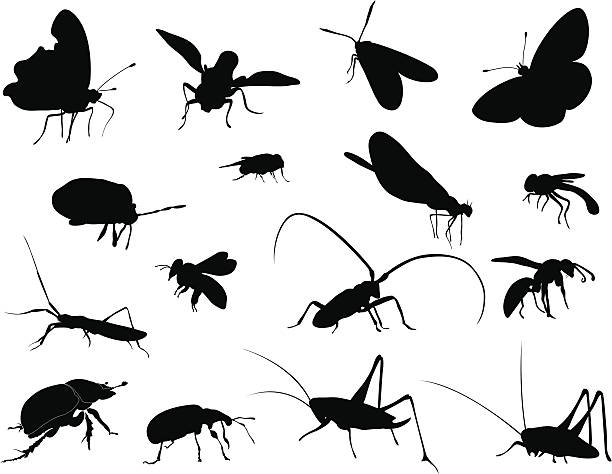
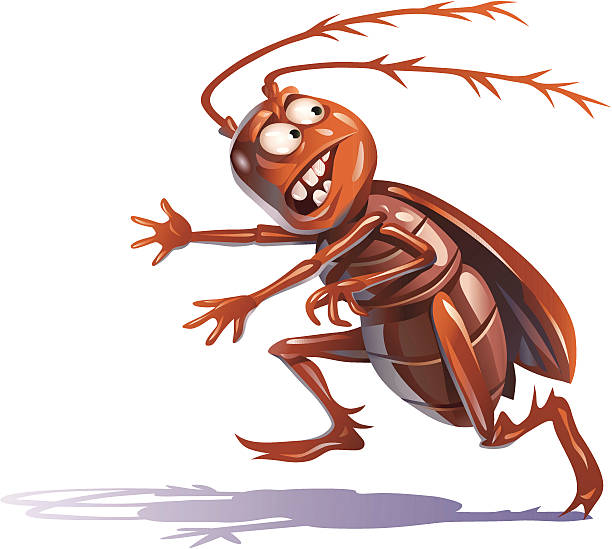
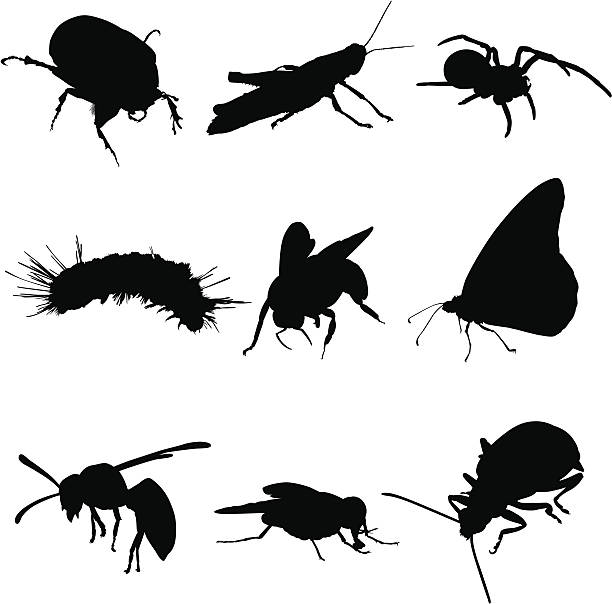
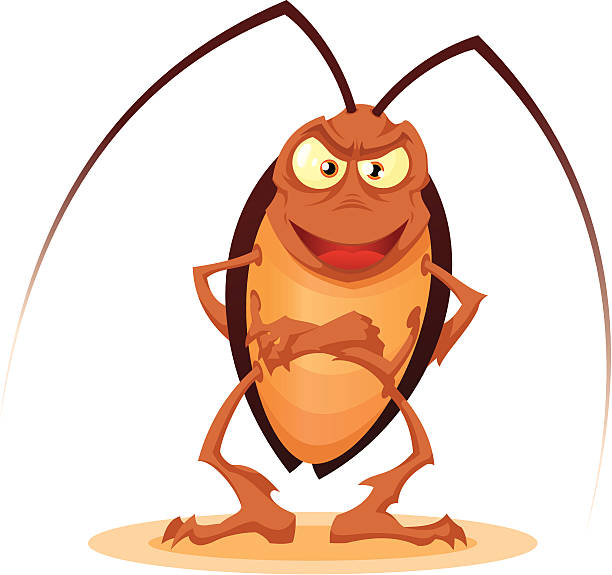
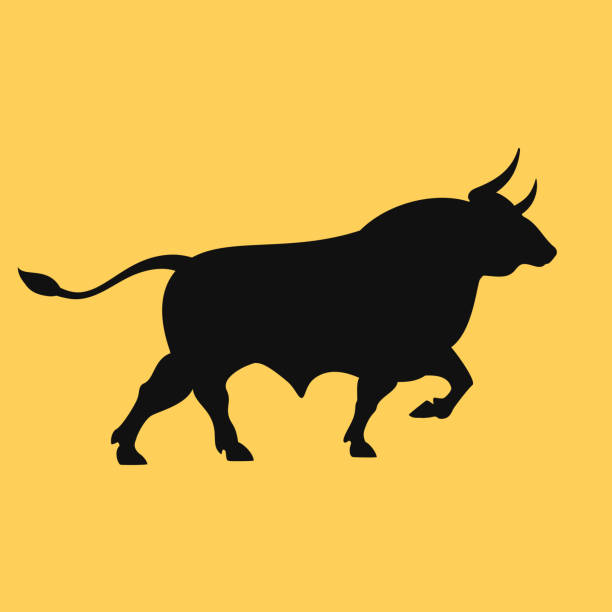
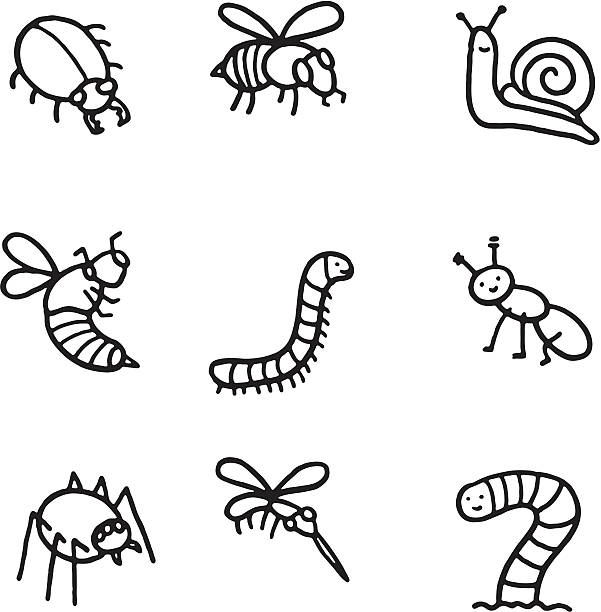
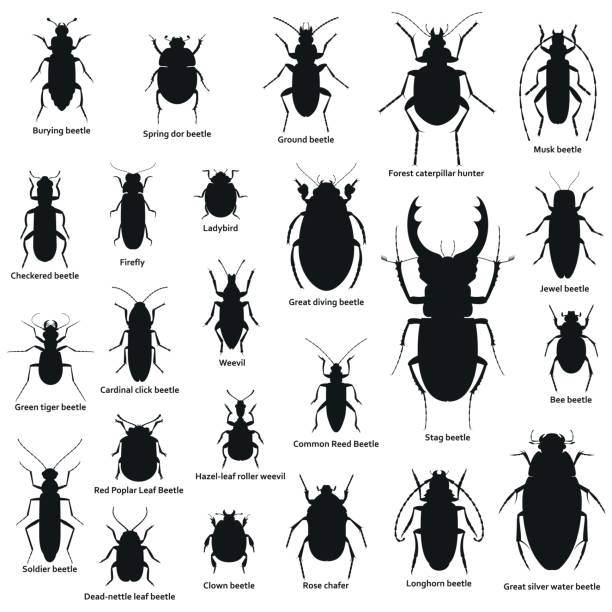
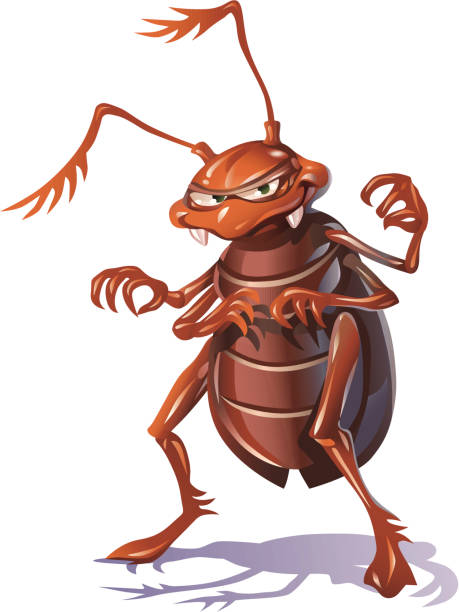
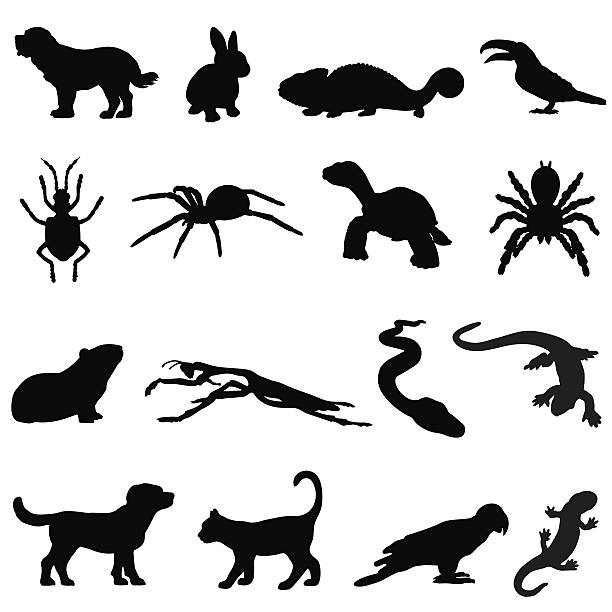
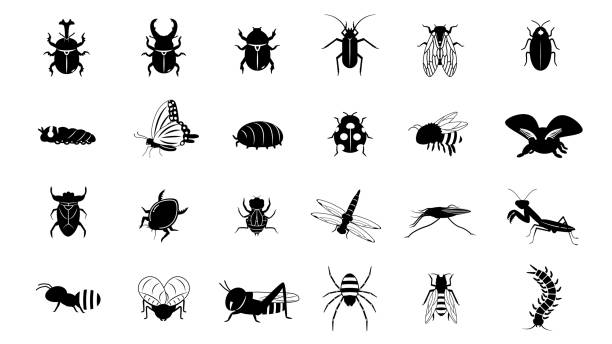
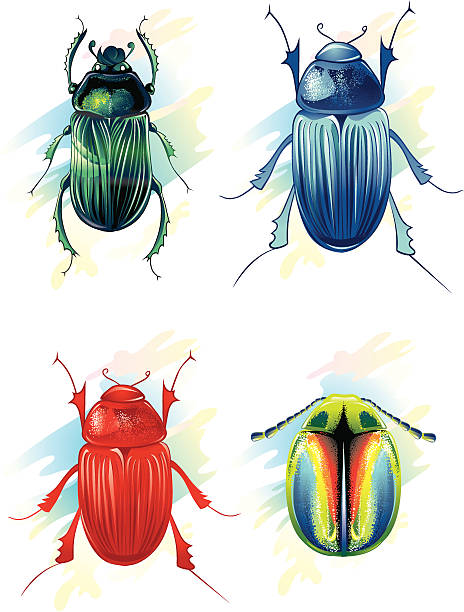
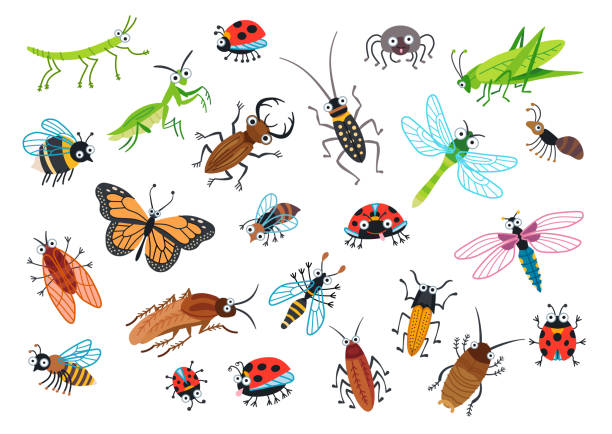
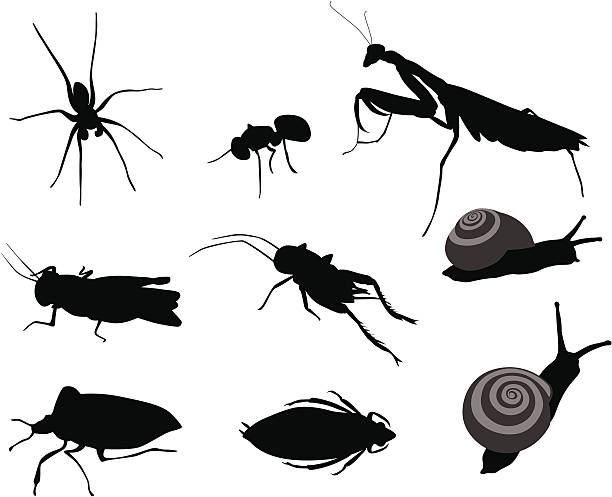
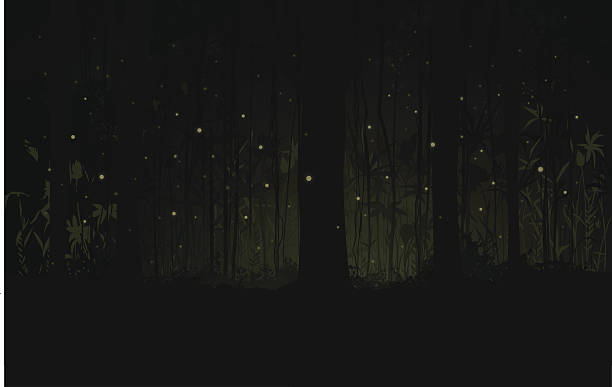
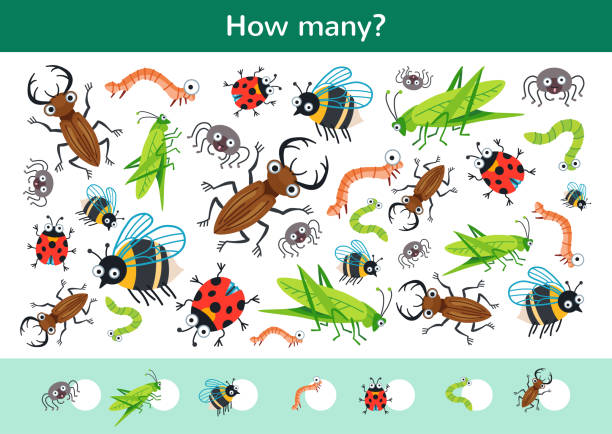
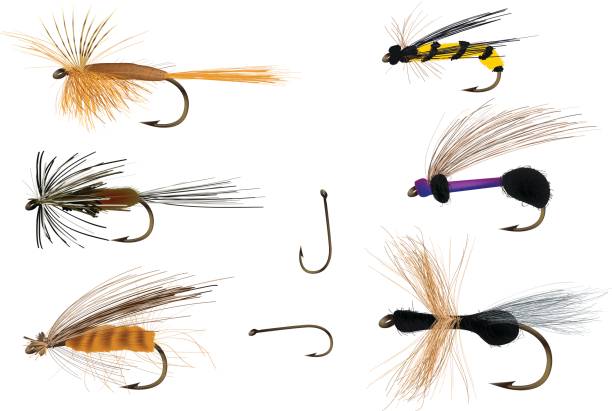

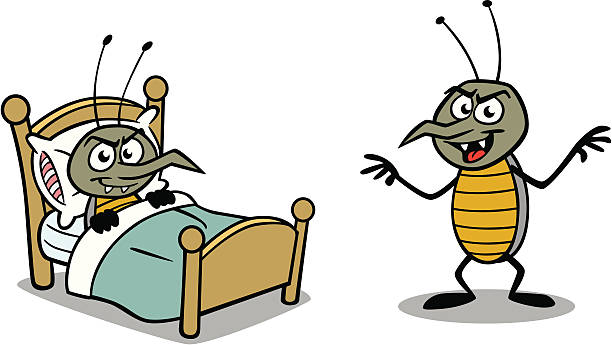
![Fireflies Magic felt that they are magical when i first saw them...
for more
[url=http://www.istockphoto.com/file_search.php?action=file&lightboxID=6210620/url][img]http://s3images.coroflot.com/user_files/individual_files/253680_6BCwP8xHnxqfiF_Hr48aDRmQV.jpg[/img][/url]
[[url=http://www.istockphoto.com/file_search.php?action=file&lightboxID=6210777/url][img]http://s3images.coroflot.com/user_files/individual_files/253680_co0LEa9dtIDxXu8RlOKw9v56n.jpg[/img][/url]
[url=http://www.istockphoto.com/file_search.php?action=file&lightboxID=6210818/url][img]http://s3images.coroflot.com/user_files/individual_files/253680_7bmBOnFu6U3AZOZ2s0Usq8KPM.jpg[/img][/url]
[url=http://www.istockphoto.com/file_search.php?action=file&lightboxID=6210871/url][img]http://s3images.coroflot.com/user_files/individual_files/253680_HCnN07aa2KlyWD9mPpogIcJja.jpg[/img][/url]
longhorn beetle stock illustrations](https://media.istockphoto.com/id/96612258/vector/fireflies-magic.jpg?s=612x612&w=0&k=20&c=9FHMWa8cQ0JuJ78t2b63ICTzivdnMCQVMFccsltKaHA=)
